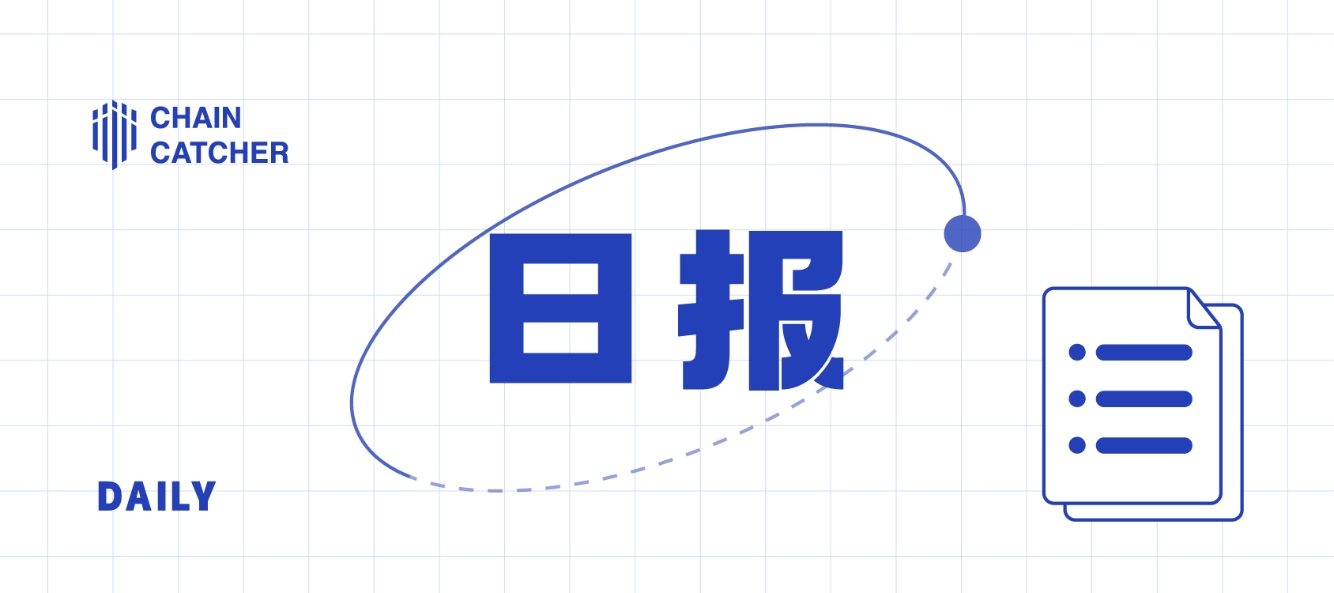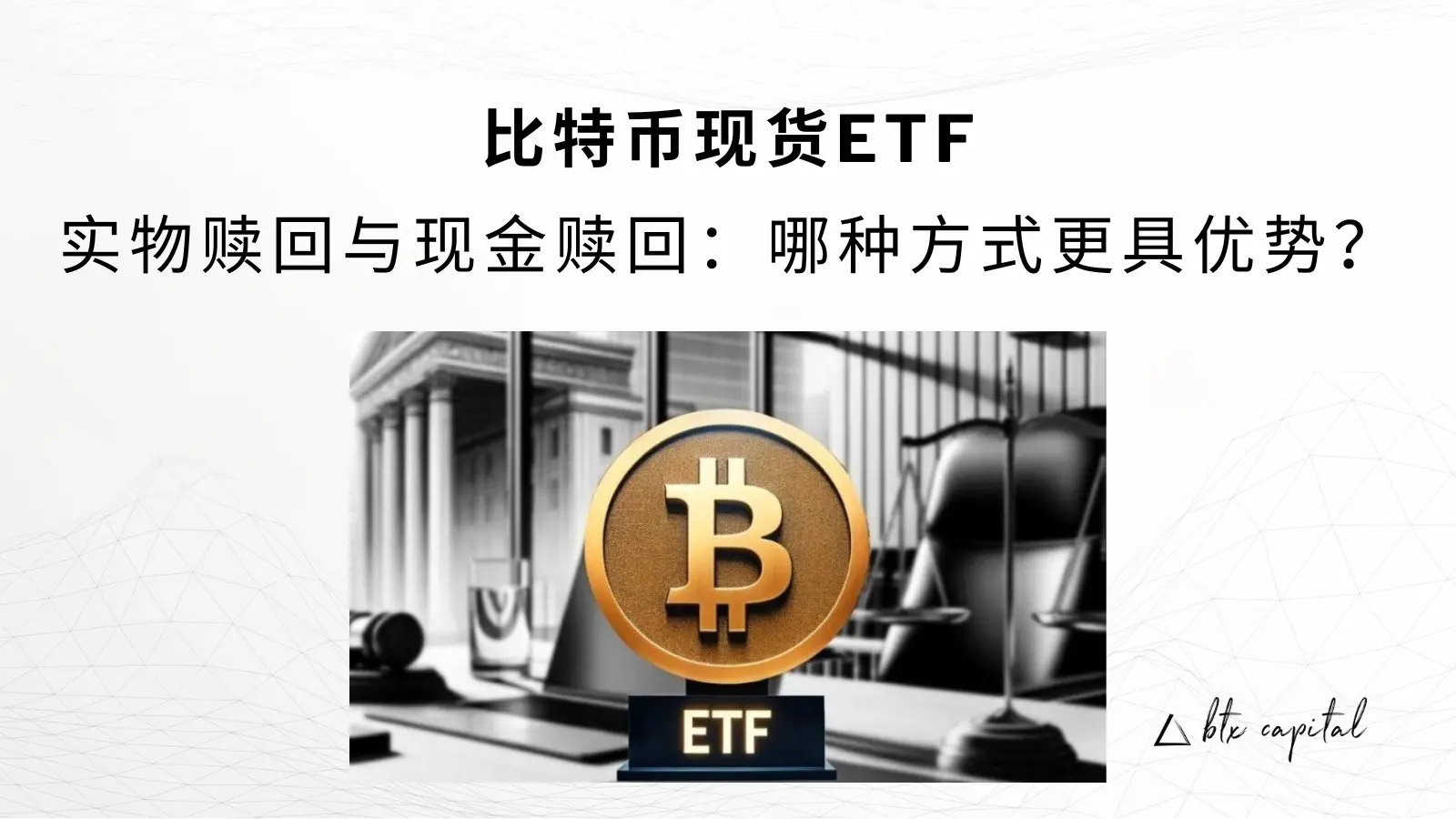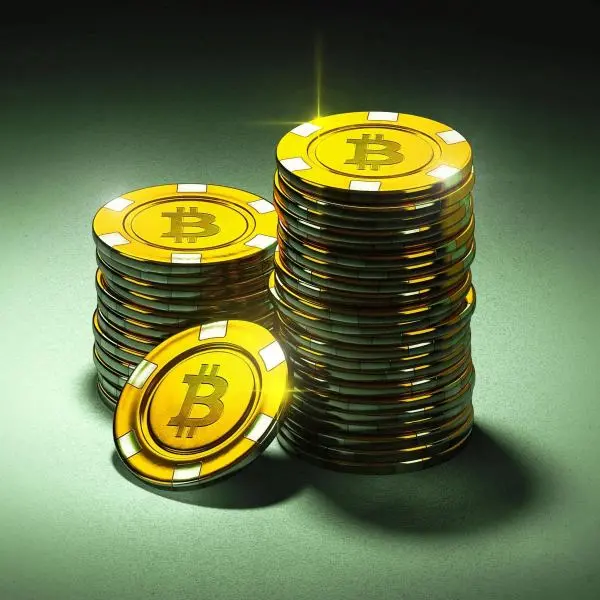Evening News |The Kun-Kan upgrade scope includes 6 improvement proposals such as EIP-4844; Huang Licheng purchased a luxury mansion in Los Angeles for 25 million dollars
整理:flowie,ChainCatcher
"What Important Events Happened in the Last 24 Hours"
1. Sources: Fidelity to Acquire Grayscale to Submit Spot Bitcoin ETF Application
According to Andrew Parish, co-founder of the hedge fund tool platform Arch Public, Fidelity, the world's third-largest asset management company, may be considering acquiring Grayscale or applying for a spot Bitcoin ETF. Media outlets are seeking further verification from Fidelity, and as of the time of publication, no response has been received.
Previous report indicated that last week, BlackRock's iShares submitted a filing for a spot Bitcoin ETF called "iShares Bitcoin Trust" to the U.S. Securities and Exchange Commission (SEC). (Source link)
2. The 111th Ethereum Developer Consensus Meeting Confirms the Scope of the Cancun Upgrade Includes 6 Improvement Proposals Such as EIP-4844
Galaxy Research Vice President Christine Kim summarized the 111th Ethereum core developer consensus meeting, which finalized the scope of the Cancun upgrade, including EIP-4844 (proto-danksharding) and EIP-4788, EIP-6988, EIP-7044, EIP-7045, and EIP-4788. Additionally, developers suggested increasing the maximum effective validator balance from 32 ETH to 2048 ETH and raising the maximum blob count per block from 4 to 6.
First, developers discussed which CL-centered EIPs to include in Deneb. Teku developer Mikhail Kalinin provided updates on EIP-6988, which proposes a code change to prevent slashed validators forcibly ejected from the network from being selected by the protocol as block proposers. EIP-7044 proposes a code change to improve the staking experience, ensuring that signed validator exits remain permanently valid. EIP-7045 proposes a code change to enhance network security by expanding the inclusion range of proof slots. EIP-4788 proposes a code change to improve the staking experience by publicly revealing the root of beacon chain blocks, which contain EVM internal chain state information for minimal trust access by DApp developers. Ethereum Foundation researcher Alex Stokes stated that plans are in place to merge the aforementioned three EIPs into the Deneb specification in the coming weeks and encouraged CL client teams to review them as soon as possible.
Meanwhile, the CL client teams have agreed to test the increased blob count on the next EIP-4844 testnet Devnet 6 and will make a final decision on this matter within two weeks. Related to the discussions around the maximum blob count, Nimbus developer arnetheduck raised the issue of increasing block reorganization on the mainnet after the Shanghai upgrade. arnetheduck proposed considering changing the 4-second deadline for aggregating validator proofs and sending them across the network, and decided to investigate further.
Ethereum Foundation researcher Michael Neuder proposed removing the 32 ETH staking cap to help reduce the growth of the active validator set. Developers discussed the potential drawbacks of this change and the possibility of launching partial and full withdrawals directly from the EL in conjunction with the smart contract launch. Developers agreed to continue discussing the implementation details of asynchronously changing Ethereum validator effective balances on ETHMagicians and Discord. Additionally, Ethereum core developers held their first coordination call regarding the launch of the Holesky testnet, which is expected to replace the existing Goerli testnet by the end of the year. (Source link)
3. Binance.US: The SEC Has Never Presented Any Evidence of Platform Misuse of Customer Assets
Binance.US stated on Twitter that the U.S. Securities and Exchange Commission (SEC) has never presented any evidence of the platform misusing customer assets, and SEC lawyers also acknowledged in court that they have no evidence indicating such occurrences. Unfounded allegations have harmed Binance.US's business and reputation, and Binance.US will continue to defend itself in court. (Source link)
4. HKMA Chief: Multilateral Central Bank Digital Currency Bridge mBridge Expected to Enter "Minimum Viable Product" Stage Early Next Year
According to Yahoo Finance, Hong Kong Monetary Authority Chief Eddie Yue stated in an interview that the multilateral central bank digital currency bridge mBridge project is expected to enter the "Minimum Viable Product (MVP)" stage early next year. In addition to the central banks of mainland China, Hong Kong, Thailand, and the UAE, two other central banks are in discussions to join, and more central banks are expected to participate before the MVP. He also mentioned that outside of the four central banks, mBridge currently has 15 central banks or international organizations as observer members, with two in discussions to join, details of which will be announced later. Yue expressed that he does not wish to expand too much at this stage, hoping to first establish a controllable cooperative platform to negotiate details during the experimental phase and gradually expand the network after the platform is established.
Yue pointed out that his visit to the UAE aims to discuss how to solve some challenges and hopes to advance mBridge to the MVP stage to make trade settlements cheaper and faster. He candidly stated that the current difficulties are not technical and listed four major challenges: coordinating regulations across regions, platform governance methods, ensuring local currency liquidity, and safeguarding foreign currency liquidity. (Source link)
5. Foreign Media: Jeff Huang Purchases Los Angeles Mansion for $25 Million
According to overseas media Dirt, Taiwanese artist and NFT tycoon Jeff Huang purchased a Los Angeles mansion located at 1410 Tanager Way for $25 million last week. The house spans 14,000 square feet, featuring 5 bedrooms and 8 bathrooms, priced at $1,786 per square foot, and is about a mile away from 1301 Collingwood Place.
Last week, Huang filed a lawsuit against cryptocurrency detective ZachXBT regarding allegations made against him in a 2022 Medium article. (Source link)
6. Proposal to Deploy Uniswap V3 to Filecoin Virtual Machine (FVM) Passes Temperature Check Vote
The Snapshot voting page shows that the Uniswap community passed the "Deploy Uniswap V3 to Filecoin Virtual Machine (FVM)" proposal with a 99.98% approval rate in a temperature check vote. This vote was initiated by the Michigan Blockchain team, which believes that it is valuable for Uniswap to gain market share in its data economy as soon as possible, and that FVM deployment is an appropriate way to advance Uniswap's multi-chain vision.
Next, efforts will begin to finalize the relevant stakeholders mentioned in the previous RFC, and once stakeholders are confirmed, the v3 contract will be deployed on the target chain. Subsequently, once the contract is audited, on-chain voting will commence. (Source link)
"What Interesting Articles Are Worth Reading in the Last 24 Hours"
While this crackdown on cryptocurrencies has not yet been fully determined, it is certain that the long-silent U.S. regulatory agencies have suddenly taken action, causing over 76% of liquidity providers in the cryptocurrency market to "retreat."
Can the SEC add new evidence to the events it had previously remained silent about in this new round of investigations? Many cryptocurrency investors, including some members of Congress, have claimed that the SEC's accusations are unfounded. This is also the main defense argument put forth by Ripple in its lawsuit, stating that the SEC did not timely inform them that their main business was illegal. So, should the SEC's previous silence also be held accountable for the current chaos in exchanges?
To answer this question, we need to understand the nature of regulation, the formation and powers of the SEC, and the different types of regulation.
2. “Interpreting Binance Research's LSDFi Report: When Liquid Staking Meets DeFi”
Recently, Binance Research released a report on LSDfi, covering the overall landscape, yield situation, and potential risks of the LSDfi sector. The report shows that while LSDfi is growing rapidly, its scale is less than 3% of LSD itself, indicating that as a young sector, there is still room for improvement. This article selects and distills the core viewpoints of the report.
3. “What Problems Does Uniswap v4 Solve for Current DEXs?”
The release of the Uni v4 draft is an exciting event, although it is unrelated to its token empowerment and has not yet announced a specific release date. However, it proposes two core innovations: Hook and The Singleton. This article attempts to analyze what problems Uniswap v4 addresses for current DEXs.










